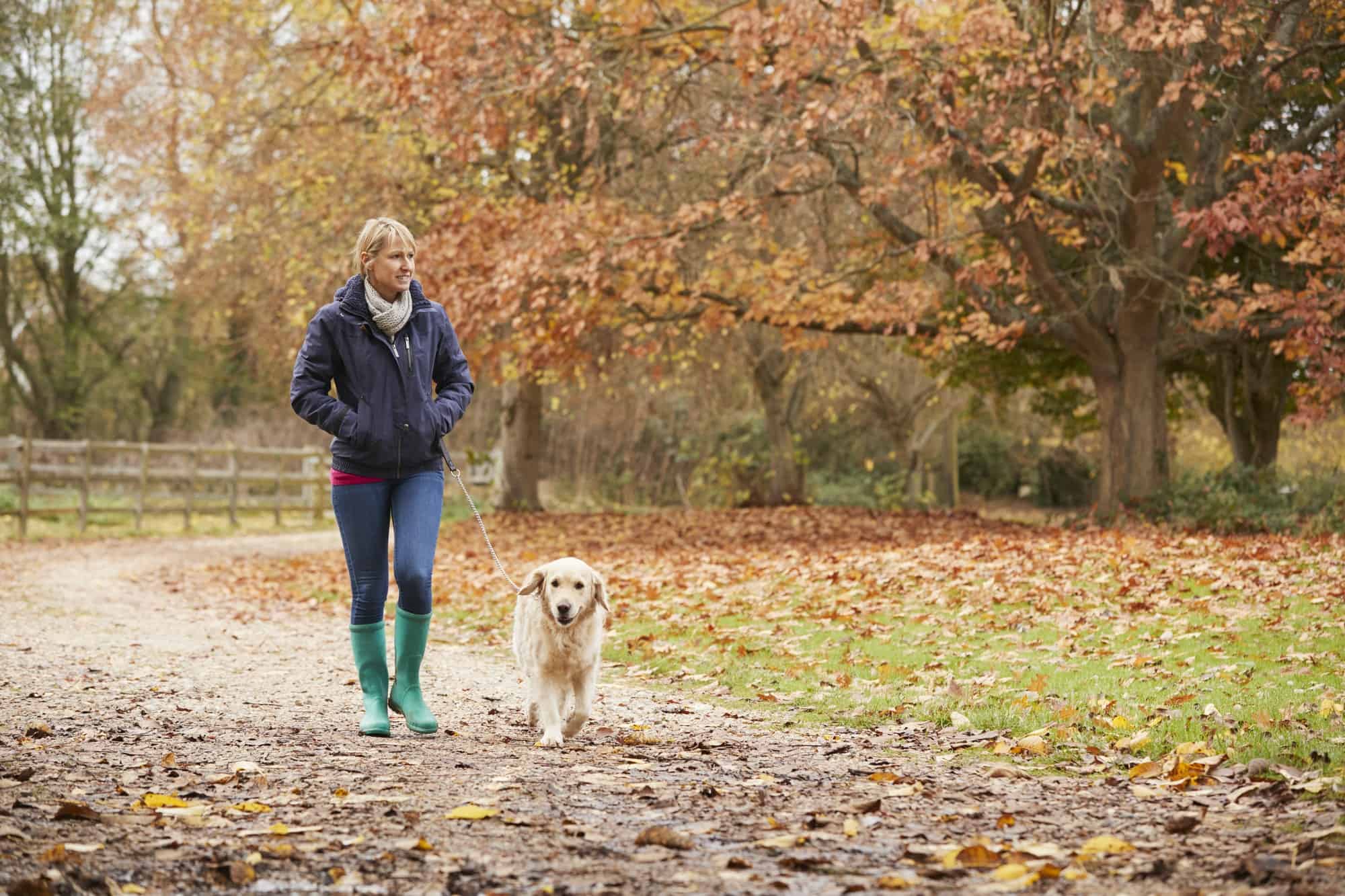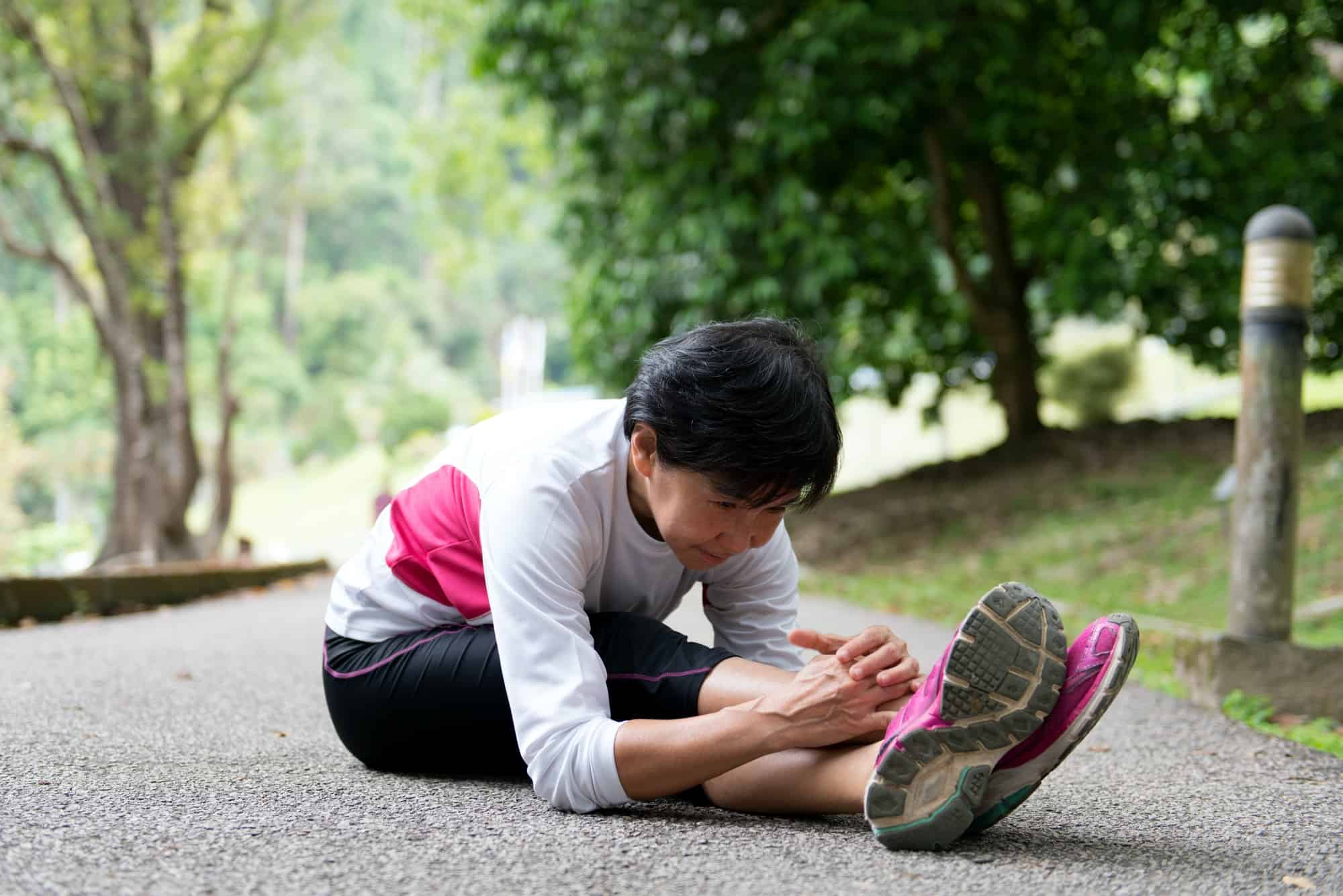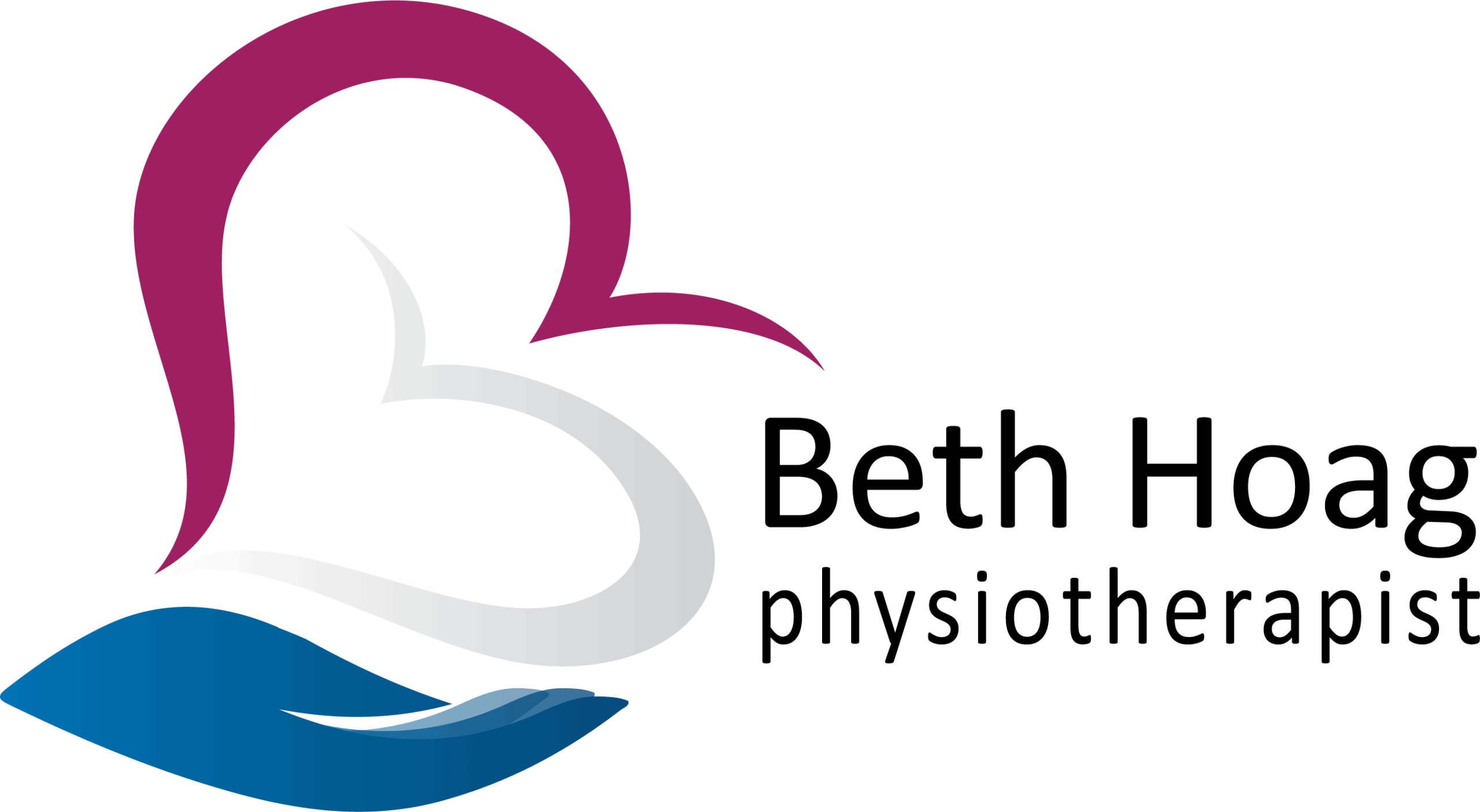Some people believe that “rest is best.” While pacing is important, I’m here to help you understand both WHY exercise is important and HOW to get and stay active both during and after exercise.
The Evidence Doesn’t Lie: Exercise is a Must
In the last decade, the number of randomized control trials (i.e. high quality research studies) looking at exercise during and after cancer has increased by up to 281% (1)! The overall findings show that exercise is generally safe and well-tolerated both during and after cancer treatment (1). For individuals with early-stage breast, colorectal and prostate cancer, the evidence also shows that being physically active reduces the risk of cancer-related death and death by other causes (2).
In 2019 the American College of Sports Medicine published a Consensus Statement for Exercise Guidelines for Cancer Survivors (1). These in-depth guidelines outlined the multiple health benefits of physical activity for individuals during and after cancer treatment.
Specifically, there is high quality evidence to show that exercise can impact the following (1):
- Reduce anxiety
- Reduce depressive symptoms
- Improve fatigue
- Improve health-related quality of life
- Maintain lymphedema
- Improve physical function
There is also relatively good evidence to show that exercise can also impact the following (1):
- Improve bone health (i.e. slow bone loss or slightly improve bone mineral density)
- Improve sleep quality
Move More and Sit Less
In general, the consensus for physical activity during and after cancer is that “movement is best.” Exactly what that movement looks like can be a little more confusing, but the Exercise is Medicine website (created by American College of Sports Medicine) has a wonderful infographic to summarize the research findings.
In general, exercise recommendations for people during and after cancer treatment include the following:
AEROBIC
Moderate-Intensity Aerobic Exercise
- 3x per week
- 30 – 60 min
OR Vigorous Aerobic Exercise
- 75 – 150 min per week
RESISTANCE
- 2x per week
- 2 sets of 8 – 15 reps
AEROBIC + RESISTANCE
Aerobic:
- 2 – 3x per week
- 20 – 40 min
Resistance:
- 2x per week
- 2 sets of 8 – 15 reps
Tips on How to Get (or Keep) Moving
So, given the above information, I hope that there’s no doubt in your mind that movement really IS medicine. What I love most about this fact, is that being physically active doesn’t have to be complicated and is virtually free (depending on your choice of activity). In addition, being physically active is within your control and has very few side effects (when done properly.)
I appreciate, however, that getting and staying active can be challenging. It can be difficult to know where to start. I have this conversation regularly with my clients, and often suggest similar tips.
Something is Better Than Nothing
I also appreciate that some days can be really tough (especially during active treatment). For some people, it can feel impossible to meet the exercise guidelines above during active treatment.
My advice is to keep it realistic… something is better than nothing. If it’s a walk from your bed to the toilet… do it. Or maybe it’s playing with your child or grandchild for 10 minutes… do it. The point is, on those difficult days, do what you can. Once you begin to feel better, gradually get back into regular physical activity.

5 Tips For Getting (or Staying) Active:
- Choose something you enjoy
- You are more likely to stick with something that you enjoy and it doesn’t have to be fancy. Maybe it’s walking in the woods, joining a dance class or swimming. Regardless of the activity, make it something that you’ll look forward to doing.
- Have a “workout buddy”
- Having a friend to exercise with can both make it more enjoyable but also add accountability to your plan. You’re far less likely to cancel a workout if you’re accountable to someone else.
- Join a class
- Many studies show that supervised exercise can be more beneficial than exercising alone. Consider joining a local walking group, dance class or fitness class. It also adds an element of social enjoyment too!
- Use the “low and slow” principle
- Any exercise plan has to be realistic and safe. Start at a lower pace and intensity and gradually increase (in length of time and/or intensity) over weeks and months.
- Ask for help
- If you’re unsure about where to start or how to progress, reach out to a local cancer rehabilitation physiotherapist. S/he can help get you started through exercise programming as well as addressing any modifications that may be necessary to keep you as safe as possible. Your physical therapist may also be able to set you up with a fitness professional who is knowledgeable of the specific needs of individuals affected by cancer.
So what are you waiting for? How about you stand up right now and get moving… something is better than nothing!
REFERENCES:
- Campbell, K. L., Winters-Stone, K. M., Wiskemann, J., May, A. M., Schwartz, A. L., Courneya, K. S., Zucker, D. S., Matthews, C. E., Ligibel, J. A., Gerber, L. H., Morris, G. S., Patel, A. V., Hue, T. F., Perna, F. M., & Schmitz, K. H. (2019). Exercise Guidelines for Cancer Survivors: Consensus Statement from International Multidisciplinary Roundtable. Medicine and science in sports and exercise, 51(11), 2375–2390. https://doi.org/10.1249/MSS.0000000000002116
- Patel, A. V., Friedenreich, C. M., Moore, S. C., Hayes, S. C., Silver, J. K., Campbell, K. L., Winters-Stone, K., Gerber, L. H., George, S. M., Fulton, J. E., Denlinger, C., Morris, G. S., Hue, T., Schmitz, K. H., & Matthews, C. E. (2019). American College of Sports Medicine Roundtable Report on Physical Activity, Sedentary Behavior, and Cancer Prevention and Control. Medicine and science in sports and exercise, 51(11), 2391–2402. https://doi.org/10.1249/MSS.0000000000002117
Disclaimer – These blogs are for general information purposes only. Medical information changes daily, so information contained within these blogs may become outdated over time. In addition, please be aware that the information contained in these blogs is not intended as a substitute for medical advice or treatment and you should always consult a licensed health care professional for advice specific to your treatment or condition. Any reliance you place on this information is therefore strictly at your own risk.





